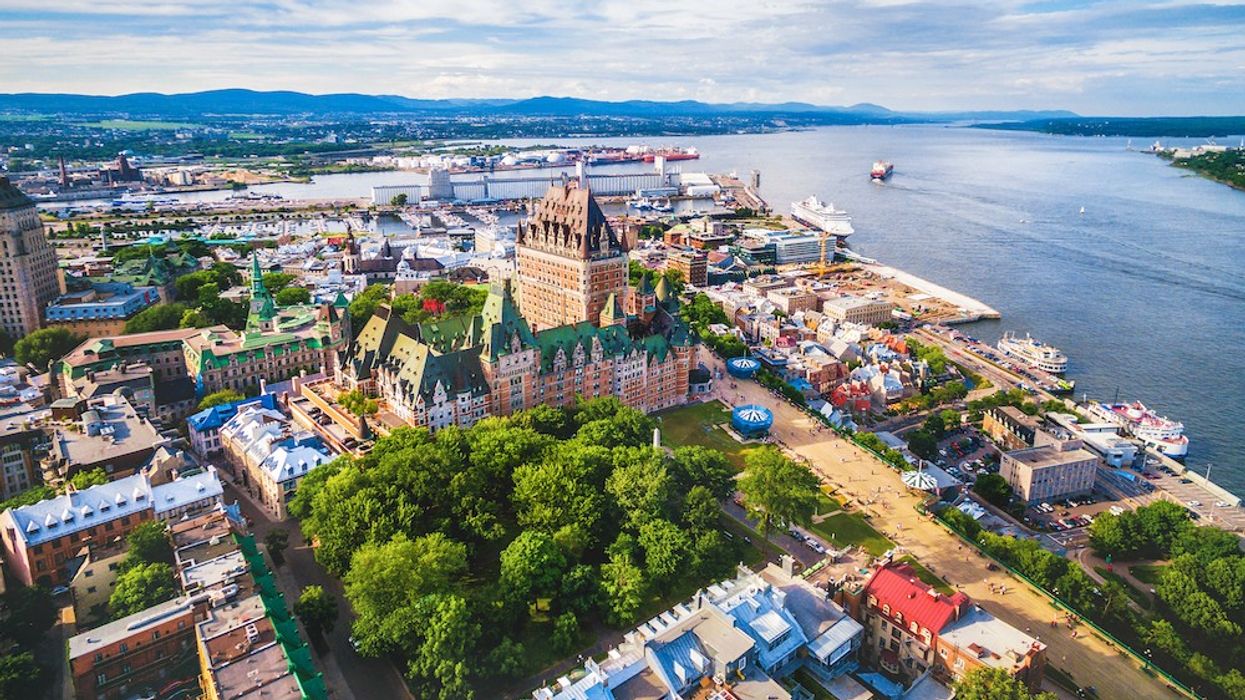Perpetually vacant properties -- also known as "ghost homes" -- have long been a point of contention; as Canada faces a housing supply crisis, homes that sit empty, whether as an investment vehicle or otherwise, pose a considerable challenge. However, new data reveals the number of vacant homes are on the decline for the first time in 20 years.
A Point2Homes analysis reports that there were 1.3M vacant homes in Canada in the decade between 2011 and 2021, with the national vacancy rate coming to 8% last year - an easing from 7.8% in 2001.
READ: What You Need to Know About Toronto's Vacant Homes Tax
"Although the StatCan definitions for “private dwelling occupied by usual residents” and “usual place of residence” have generated some discussions about what constitutes vacant dwellings, the number of homes that are occupied by “not usual” residents is a vital housing parameter," states the study.
It should also be noted that Canada’s population was just over 31M in 2001, but it was considerably over 38M in 2021.
Vacant Homes Are On the Decline in Most Canadian Cities
Accounting for myriad peaks and valleys in regions across the nation, much of the decrease has occurred in the last decade; the data finds vacancies declined in 87 of the country’s 150 most populous cities between 2011 and 2021 to 8%. However, the vacancy rate increased in 62 cities and remained flat in only one.
St. Albert, Alberta, saw its vacancy rate rise by 93% between 2011 and 2021, the most of anywhere in the country, while Saanich, British Columbia, saw the largest decreases at 53%.
Wood Buffalo, AB, had a vacancy rate increase of 14.8%, while in Ontario, Kawartha Lakes had 16%, Fort Erie had 11.3%, and Innisfil had a vacancy rates of 10.4% in 2021.
In Ontario, Brampton’s vacancy rate remained sideways, but its number of dwellings occupied by what Point2Homes called “not usual” residents increased over the last decade, Sault Ste Marie had a 61% surge in its vacancy during the corresponding time.
Caledon and Burlington, ON, saw 54% increases to their vacancy rates, followed by Aurora at 51% and Richmond Hill at 49%. Conversely, Lakeshore and St Thomas saw 34% declines, while Welland saw a 33% drop in its vacancy rate over the last decade.
There were five cities in Québec with vacancy rates below 2%, including Saint-Julie, Mascouche, Repentigny, Terrebonne, and Blainville (while in Ontario, the only two locales with such low rates were Halton Hills and Ajax).
In Québec, Lévis had the largest increase to its vacancy rate at 69% over the last 10 years, followed by Victoriaville at 68%, Québec City at 52%, Boucherville at 44%, and Saguenay at 28%. On the flip side, Mascouche had a 50% decline in its vacancy rate during the period, followed by Repentigny at 33%, Blainville at 32%, Saint-Georges 30%, and Drummondville at 29%.
In BC, Delta saw the largest 10-year vacancy rate increase at 47%, followed by Port Moody at 31%, Langley at 21%, and Burnaby and Richmond at 11% and 4%, respectively, while Saanich saw a 53% decline, followed by West Kelowna and Mission at 45% each. Langford saw a 44% decline in its 10-year vacancy rate, and Abbotsford followed at 37%.
In Canada’s Prairie Region, following St Albert’s 93% 10-year vacancy rate increase, the Saskatchewan cities of Moose Jaw, Regina and Saskatoon saw surges of 73%, 65%, ad 34%, respectively, while Brandon, Manitoba, had a 32% rise in its vacancy rate from 2011-2021.
As for major vacancy rate declines in the Prairies, the five greatest were all located in Alberta: Spruce Grove, led the way at 32%, followed by Airdrie at 30% and Lethbridge at 29%. Medicine Hat and Leduc rounded out the fourth and fifth places at 24% and 21%, respectively.





















